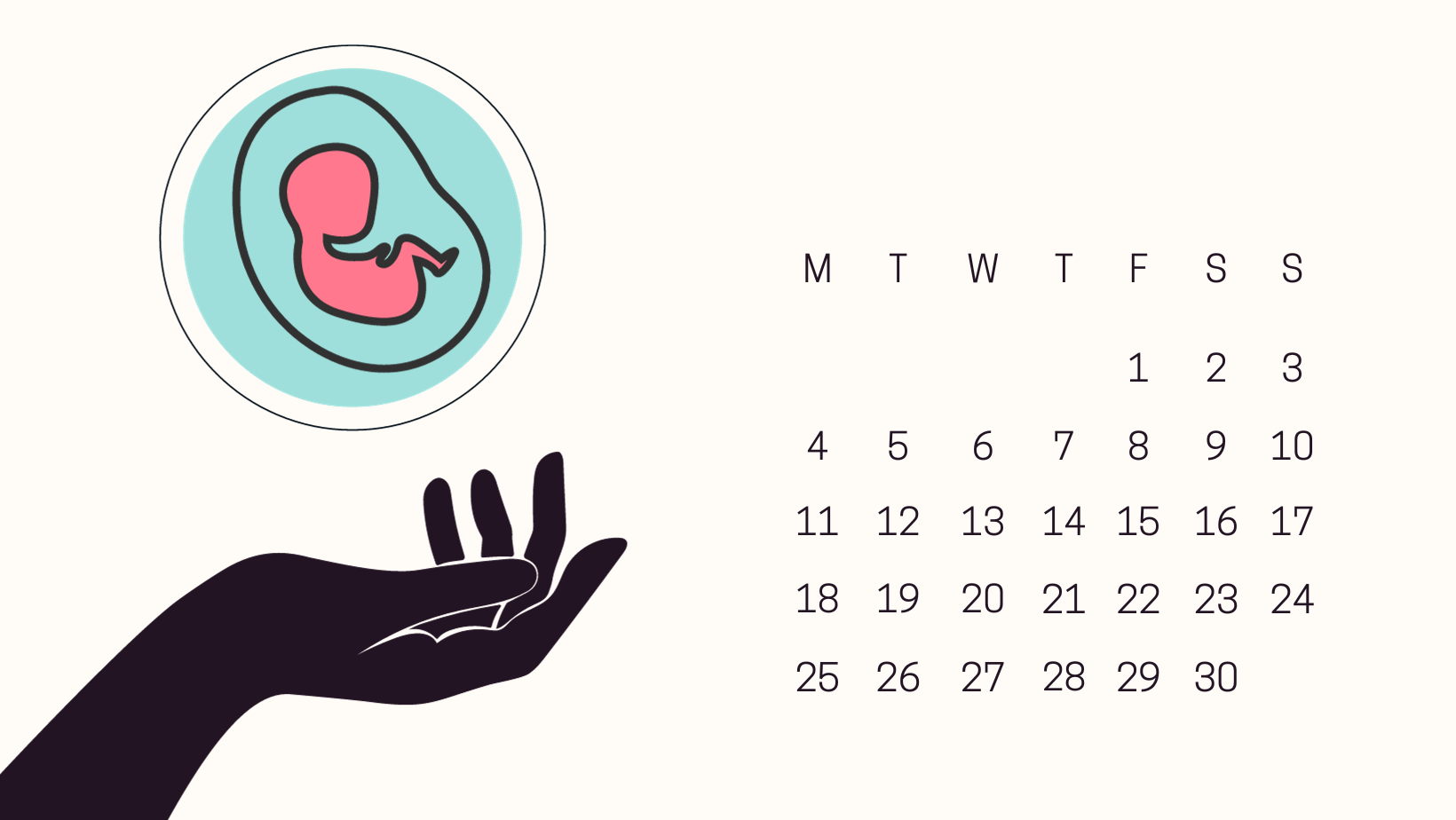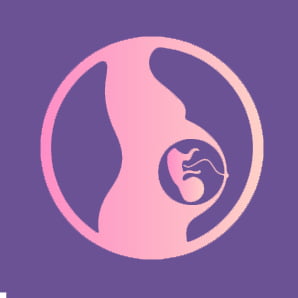Week 2
notable events this week2
You are due this week, are you?
If you get pregnant this week, you will not be pregnant yet, but you will be two weeks along. Because your previous menstrual cycle is used by medical professionals to estimate your due date, the first day of your period is really the first day of your pregnancy. Conception occurs around the time you are two weeks pregnant since you ovulate about two weeks into your cycle.
The ideal period for conception
The three days before ovulation are when you are most fertile. Breast discomfort, light cramps, changes in basal body temperature, and an increase in vaginal discharge are all indications that you may be ovulating.
ovulation detection
Use our ovulation calculator to find out when you are most fertile in order to become pregnant more quickly. Ovulation test strips can also be used to determine the days when intercourse (or artificial insemination) is most likely to result in pregnancy.
2 weeks of infant development

preparing to have a baby
Your uterine lining thickened over the last few days as a result of an increase in estrogen and progesterone, which prepared it to hold a fertilized egg. Eggs have “ripened” in follicles, which are fluid-filled sacs, in your ovaries at the same time.
An egg is released
An egg emerges from its follicle when you ovulate and is whisked from your ovary into a fallopian tube. It is not necessary for ovulation to happen in the middle of your cycle. For women with a 28-day cycle, it can occur at any moment between days 9 and 21.
Fertilization

“Sperm and egg” Week 2
If one healthy sperm is successful in traveling from your vagina via your cervix, up through your uterus into your fallopian tube, and into the egg during the next 24 hours, your egg will become fertilized. In an ejaculation, there are roughly 250 million sperm, and only 400 make it through the 10-hour trek to the egg. However, only one typically succeeds in penetrating its outer membrane.
The genes interact Week 2
The successful sperm and egg unite their genetic material in the subsequent 10 to 30 hours when their nuclei fuse. Your child will be a male if the sperm has a Y chromosome. You will have a female child if it has an X chromosome. We refer to the fertilized egg as a zygote.
Implantation Week 2
The egg travels from the fallopian tube to your uterus in three or four days, dividing along the way into 100 or more similar cells. A blastocyst is the name given to it after it reaches the uterus. After a day or two, it will start penetrating the rich lining of your uterus, where it will continue to multiply and flourish.
signs of pregnancy during week 2 two

cervical mucus that is slick Week 2
The vaginal discharge that occasionally shows up in your underwear is cervical mucus. It will be transparent, slick, and flexible in the days leading up to ovulation, just like raw egg whites.
light cramps Week 2
Around the time of ovulation, some women experience slight abdominal cramps or twinges of pain as well as a one-sided backache. This is referred to as “middle pain,” or mittelschmerz, in German.
increased lust for life Week 2 
Around the time you become pregnant, your sex urge may increase and your body odor may become more alluring to males.
heightened olfactory awareness
A woman’s sense of smell may become more acute around the time of ovulation and may be particularly susceptible to male pheromones, according to some research.
supple breasts Week 2
Your breasts may feel a little thick or painful during hormonal fluctuations around ovulation. Check out this article on how pregnancy affects the breasts to find out more about what to anticipate in the upcoming weeks.
cervical adjustments Week 2
Your cervix is softer, higher, moister, and more open during ovulation. While you may need to check your cervix everyday to spot the alterations, you may feel these changes if you reach within your vagina and examine it with a finger.
Your basal body temperature (BBT) increasing Week 2
You can take your BBT each morning using a specific thermometer. It increases somewhat the day after you ovulate and remains increased until your next period.
Checklist for pregnancy at two weeks along

Consume your vitamins.
Take a prenatal vitamin containing 400 micrograms (mcg) or more of folic acid each day if you haven’t already. Iron, calcium, and vitamin D are among the vital elements that prenatal vitamins offer to both you and your unborn child. Getting adequate folic acid is essential, especially in the early stages of pregnancy when your baby’s neural tube is still forming and it lowers your baby’s chance of some birth abnormalities.
Visit your medical professional.
A preconception examination is an excellent idea if you want to ensure that your body is in optimal condition for bearing children. Find out if you need to stop taking any supplements or prescription or over-the-counter drugs. Use this opportunity to discuss any issues or worries you may have with being a parent or becoming pregnant.
Think about this blood test.
To find out if you contain genes that might expose your unborn child to life-threatening hereditary disorders, you and your spouse might wish to undergo genetic carrier screening. Despite the rarity of many of these illnesses, a big research revealed that 24% of individuals tested had at least one genetic mutation. Speaking with a genetic counselor can help you remain knowledgeable about your options for reproduction.
Have sex often
Are you curious about the frequency of sexual activity required to conceive? According to studies, couples who have sex every day or every other day had the highest likelihood of pregnancy. However, you don’t need to get occupied all the time: Try to conceive at least every two to three days in the early postmenstrual phase time. If you have sex during the three days leading up to ovulation, there will be sperm waiting to welcome your freshly released egg since sperm may live in your body for around 72 hours.
Schedule self-care time.
Taking good care of your physical and mental health makes it easier for you to look after other people. Fill your cup today by exercising, eating healthful meals, getting enough sleep, and controlling your stress. Try deep breathing, yoga, or massage: You can improve your chances of becoming pregnant and having a healthy baby by lowering your stress levels.
Get your body ready for childbirth.
It will help you throughout and after pregnancy if you take the time to strengthen your back and abdomen before (or while) your body changes. Having a stronger core helps you avoid back pain as your baby develops and can even speed up your postpartum recovery. Yoga and weightlifting are two excellent exercises that will build your strength.
Learn what not to do
Avoid alcohol, illicit substances, cigarettes, marijuana, and excessive caffeine when you’re attempting to conceive or are recently pregnant.























[…] Week 2: The Spark of Life – Your Amazing Journey Begins […]